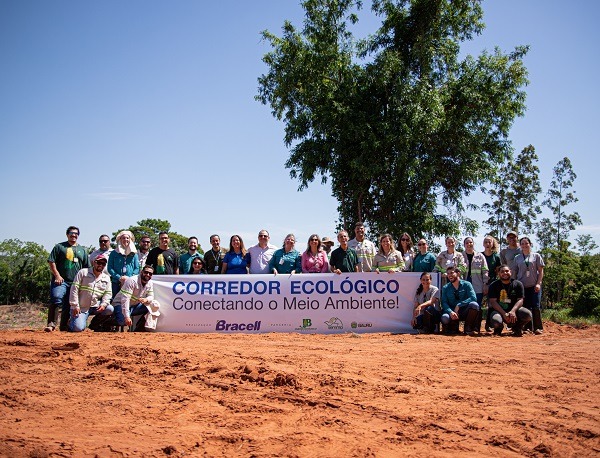A squirrel of the species Sciurus Ingrami previously only observed between the south of Bahia and the state of Rio Grande do Sul has been spotted by researchers working on our Program of Monitoring of Fauna and Flora for Conservation of Biodiversity.
According to environmental analyst Sílvio Lima of the Institutional Relations and Sustainability team, serelepe specimens have been living in the native forests of the Sergipe project and in Jabuticaba HCVA (High Conservation Value Area), in the municipality of Jandaíra. The rodent is now listed among the mammal species continuously monitored by the company.
Lima says that “little is known about the species of neotropical squirrels, especially about their biology and ethology, because they are free-living animals, extremely agile and of daytime habits without specific activity schedules.”
The researcher explains that the serelepe, like other neotropical squirrels, like to feed on palm fruits and are considered to be the main vertebrates responsible for the dispersal of the seeds of the Syagrus romanzoffiana palm. “The fruits of these palms are recognized as key resources in neotropical ecosystems because fruiting is plentiful and stable throughout the year, and as a consequence represents an important food resource in times of seasonal shortage of other nutritional sources.”
In the words of Sabrina de Branco, Head of Corporate Relations and Sustainability, the findings demonstrate the viability of a production-protection model, whereby managed forests sit alongside conservation forests.
“Environmental services, which are vital to nature conservation, are also threatened. Interferences in ecosystems alter the balance of biological interactions in the natural world, oftentimes leading to loss of processes such as seed dispersal, climate stabilization, soil protection or water purification,” she said.




